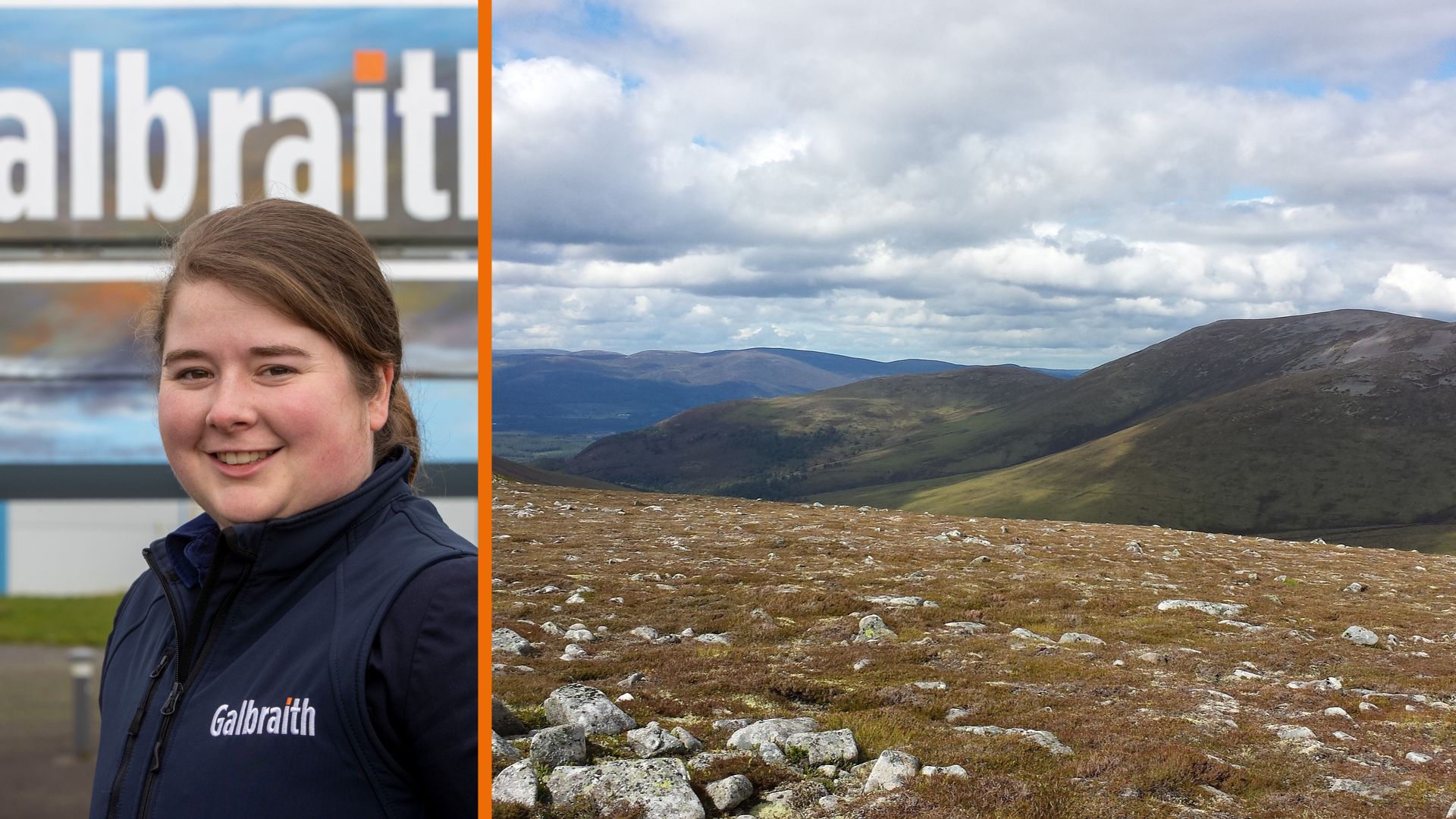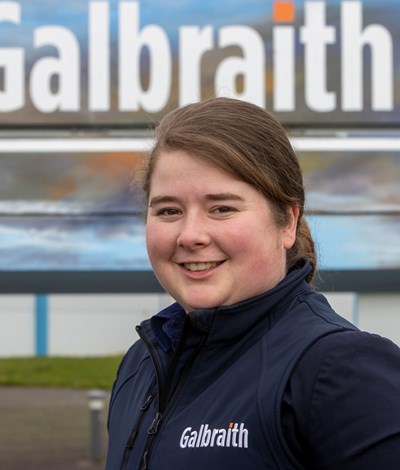Common to Scotland’s upland estates are vast expanses of heather moorland, large parts of which overlay high-carbon peat bogs. Great Britain is home to an estimated 10-15% of the world’s peatland, much of which represents unique habitats that are relied upon by ground-nesting species such as curlew, golden plover and ring ouzel.
While moorlands are traditionally used for grazing and sporting purposes, there is a growing market for nature restoration, ‘rewilding’ and natural capital investment. A number of estates have been sold for peatland restoration and tree planting, with landowners such as the John Muir Trust and Trees for Life undertaking projects to encourage natural regeneration and rewet peatland. Langholm Moor was purchased in 2021 by the Langholm Initiative, which is rewilding the area by creating the Tarras Valley nature reserve, carrying out native woodland planting and encouraging natural regeneration and peatland restoration.
Meanwhile, traditional upland shooting estates increasingly face the challenges of legislation and environmental change. As well as recommending increased regulation, the 2020 Werritty Review into grouse moor management also noted that changing climate, in particular drier summers, raised the potential for damaging fires. More legislation means a greater burden for managers, not least in record keeping and compliance. Changing environmental conditions have the potential to cause irreversible damage to habitats, carbon stores and grouse populations through increased disease burden, together making management more changeable and costly.
As moorland habitats, including the peatland soils on they are often located, provide a wide range of ecosystem services, degrading peatland causes a range of problems. Many owners are seeking to redress historic damages such as inappropriate tree planting and drainage by applying for help through the Peatland ACTION conservation initiative and by registering with the voluntary Peatland Code.
A 2022 analysis showed that income from peatland restoration schemes is increasingly outstripping potential revenues from grouse. However, the two are not mutually exclusive – upland sporting can adapt to become sustainable and viable while maintaining a diversity of income.
Good grouse moor management including peatland restoration can build natural capital – supporting biodiversity while increasing carbon storage and heritage services. It is a question of balance, somewhat similar to the way arable farming adapted to cross compliance and greening so that natural reinvestment became integral to ‘good’ farming practice.
Good moorland management has positive impacts on ecosystem services and to achieve this, upland landowners can receive support from biodiversity net gain (BNG) credits and natural capital investment. Delivering ecosystem benefits in a complex and integrated ecosystem is a challenge, but those landowners wishing to demonstrate sustainable land management can do so while being rewarded.
As large areas of both moorland and agricultural land are converted to forestry and peatland restoration, moorland management will need to be balanced and holistic to meet 21st century challenges.
- Natural Capital: Galbraith’s expert advisers guide our clients in realising value in all land uses – by assessing and measuring natural assets, understanding and working in conjunction with traditional sporting enterprises, furthering opportunities in biodiversity net gain, and ensuring stakeholders are rewarded fully for their investment in and contribution to delivering ecosystem services and net-zero outcomes.

